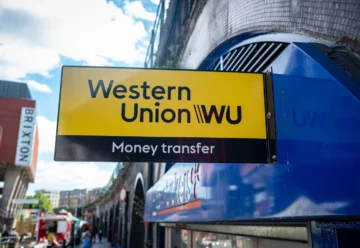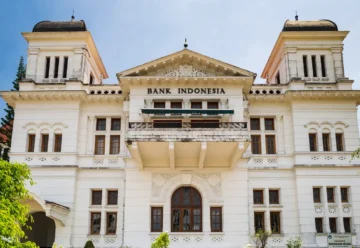Hong Kong to Prepare New Licensing Regime for Stablecoins

Hong Kong’s financial regulators unveiled a new regulatory regime for stablecoin issuers aimed at protecting financial stability in the region. The new bill received widespread support from the public and stakeholders.
The Hong Kong Financial Services and the Treasury Bureau (FSTB), together with the Hong Kong Monetary Authority (HKMA), published a legislative proposal to introduce a regulatory regime for issuers of fiat-referenced stablecoins (FRS).
The new stablecoin licensing regime will allow regulators to manage potential risks and enhance monetary and financial stability in the region, as well as provide transparency for FRS issuers. The decision was preceded by a public consultation that received 108 proposals from various stakeholders, including market participants, industry associations, and other local financial organizations.
According to Christopher Hui, Secretary of the FSTB, the new stablecoin licensing regime is designed to strengthen the regulatory framework for virtual asset (VA) trading platforms in Hong Kong. The new regime will be in line with international standards and complement existing regulatory measures in the region, he said. The main objective of the initiative is to mitigate financial stability risks associated with the issuance of stablecoins.
Eddie Yue, Chief Executive of the HKMA, emphasized that the proposed regulatory regime received strong public support, so the initiative will contribute to the sustainable and responsible development of the stablecoin ecosystem in Hong Kong.
The final legislative proposal for the licensing regime for stablecoins will be submitted to the Legislative Council this year. The FSTB and the HKMA started to consider applications to participate in a sandbox for stablecoin issuers to take part in the trial of the new rules.
Over the past four years, the volume of transactions using stablecoins increased more than 16 times, reaching a record $1.68 trillion per month in April 2024. That’s why financial regulators of various countries are actively developing a legislative framework for the use of stablecoins. About 60% of all countries regulate the stablecoin market, in particular, new rules for licensing stablecoins recently entered into force in the European Union and the UAE. At the same time, analysts at the Bank for International Settlements (BIS) called for unification of regulatory requirements for issuers of stablecoins to accelerate the possibility of international use.











